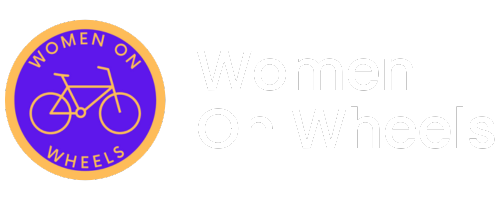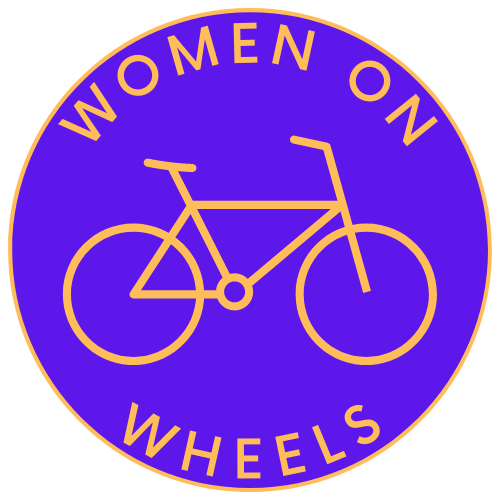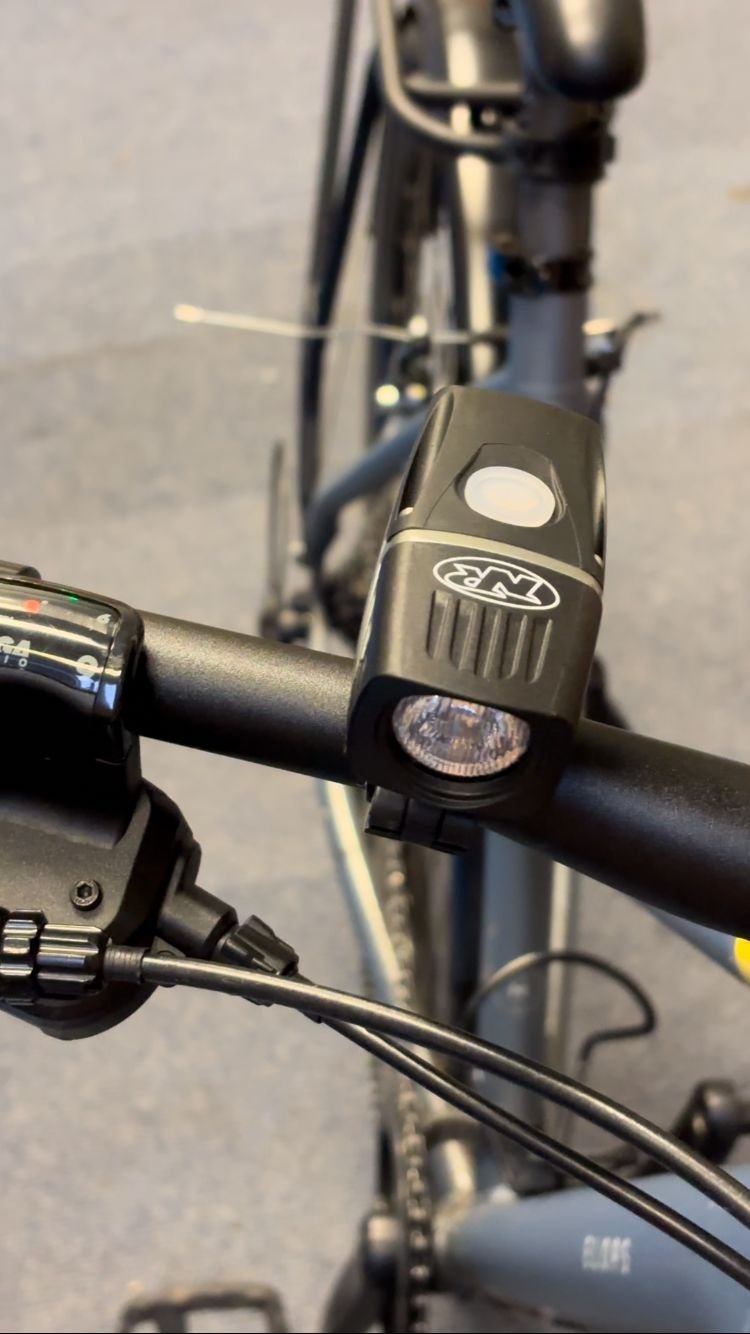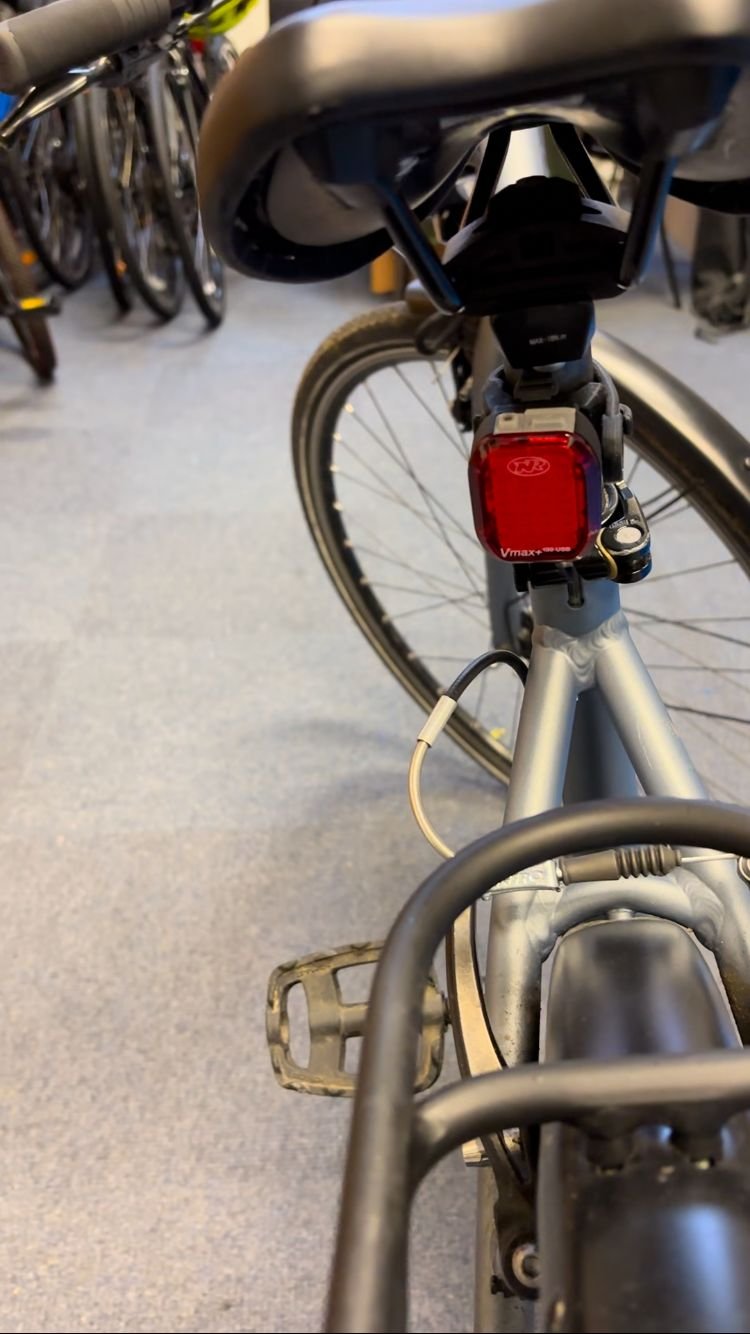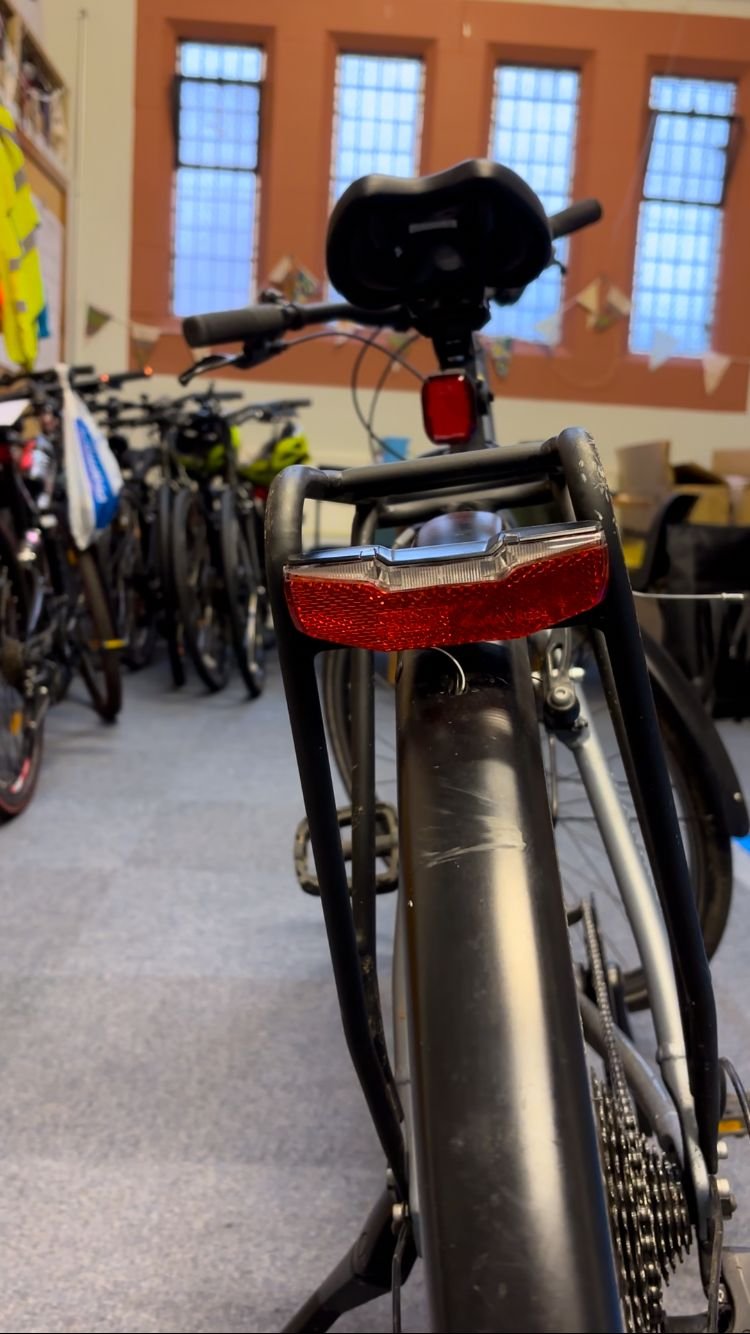UK Bike Light Laws: What you need to know
When it comes to the law and bicycle lights and reflectors, the basics are pretty straightforward: Between sunset and sunrise, you must use a white front light, a red rear light, a red rear reflector and amber pedal reflectors (pedal reflectors are only required if the bike is manufactured after 1st October 1985). Fairly easy, right? However, if you look at the technicalities it’s another story. The law related to bike lights and reflectors are set out in the Road Vehicles Lighting Regulations (RVLR), which, unfortunately, makes for incredibly dull reading…
We’ve done the boring work for you and below you can find all the key information you need to know as a cyclist:
Let’s start with your front light.
Your front light needs to be:
White - flashing or steady
Up to 1500 mm off the ground
Positioned centrally or to the right hand side on your handlebars
Marked as conforming to BS6102/3 or an equivalent EC standard (this is only if the bike light can make a steady beam. If the light is only able to emit a flashing light, it must emit at least 4 candelas which is equivalent to about 48 lumens).
Most of these points are easy to meet - the tricky part is finding a bike light that conforms to BS6102/3 but we’ll come back to that in a bit.
Your rear light needs to be:
Red - flashing or steady
Between 350 to 1500 mm off the ground
Positioned centrally or to the right hand side on your bike
Marked as conforming to BS3648, or BS6102/3 or an equivalent EC standard (this is only if the bike light can emit a steady beam. If the light is only able to emit a flashing light, it must emit at least 4 candelas which is equivalent to about 48 lumens and flash at between 1-4 times per second).
Also make sure your lights aren’t obscured by a basket or saddlebag - if they aren’t fully visible they can’t do their job!
Your rear reflector needs to be:
Red
Between 250 to 900 mm off the ground
Positioned centrally or to the right hand side on the rear of your bike and clearly visible from behind
Marked as conforming to BS6102/2 or equivalent
All new two-wheeled pedal bikes that are meant for British roads have to come with a red rear reflector so chances are your bike is already fitted with one. However, if you have bought your bike second-hand it’s best to double check your bike has one or head to a local bike shop to get one.
Your pedal reflectors need to be:
Amber/yellow
Four reflectors are required: one facing forward and one backwards on both pedals
Marked as conforming to BS6102/2
Again all new two wheeled pedal bikes meant for British roads have to come with pedal reflectors. If you use clipless pedals most of these don’t have amber reflectors so technically these shouldn’t be used between sunset and sunrise.
These are just the minimum requirements. You are welcome to use additional lights and reflectors if you prefer. Additional lights don’t have to conform to the British Standards or a European equivalent.
All fairly straightforward rules to follow.
However, finding bike lights that conform to the British Standards is significantly harder than it should be.
If you think you can simply walk into a shop and ask for a light that meets these standards chances are you won’t find one. We went to multiple shops and reached out to multiple brands and we are yet to find a single set of lights that meets the British Standards. So far the closest we have gotten is by finding lights that meet the German standards called StVZO - a European equivalent which means they meet the law.
You might be wondering why there is such a law in place when no bike light manufacturers seem to follow it. The honest answer is that we don’t know. It’s likely that the law is outdated and maybe the British Standards just don’t match the advancements of bike lights nowadays, but we can’t say for certain. We are no bike light manufacturers so this is by no means our area of expertise, but what we do know is that it shouldn’t be this difficult to find lights that meet the law.
Now before you panic thinking you need to travel to Germany to buy some legal lights, let’s reassure you: This law is rarely ever reinforced.
The police won’t have an issue as long as you have a white front light, red rear light, and the reflectors.
Now should you be in an accident at night some say it could be used as evidence for “contributory negligence” if your lights don’t conform to the standards.
However, even then it’s unlikely to have an impact on your case. We had a lovely chat with a solicitor from Cycle Law Scotland who explained that should you have an accident at night, it’s the driver that must demonstrate that your lights weren’t bright enough for them to see you.
And if you were using some good bike lights, they would have a really hard time arguing why they couldn’t see you.
So how do you find good lights? We recommend you look at the lumens and what purpose you need your lights for. If you cycle in an urban environment with streetlights a front light with somewhere between 50-200 lumens should be sufficient. The main purpose is for you to be seen.
That said, in Glasgow many parks aren’t well lit and there are lots of potholes that can take you by surprise so a light between 200-300 lumens might be a better shout here.
If you are cycling on dark paths such as the canal path or along rural roads, we recommend you get a light between 400-600 lumens. This will allow you to be seen and to see.
If you are going mountain biking along dark trails, you will likely be looking for an ever brighter light - 600+ lumens - that will allow you to see obstacles before it’s too late!
It’s worth highlighting that many of these brighter lights (400+ lumens) are often unnecessarily bright for urban settings. To avoid dazzling drivers we recommend you use a lower setting on your light (most lights will have a lower setting). This will also help conserve its battery which means you won’t have to charge your light as often. A win win.
Now be mindful before you go online shopping for a bike light. Many lights that can be bought on Amazon or Ebay claim to be a certain lumens but many aren’t as bright as they claim to be. Similarly bike lights that can be bought in your local pound shop are usually also super dim and nowhere near as bright as you need them to be.
We recommend you get a set of lights from your local bike shop or buy from a reputable brand, where you know they have gone through proper testing before going out on the market.
And finally we recommend you always bring a spare set of lights in case your lights run out of charge - even if the spare lights are rubbish. The worst you can do is to cycle with no lights at all.
